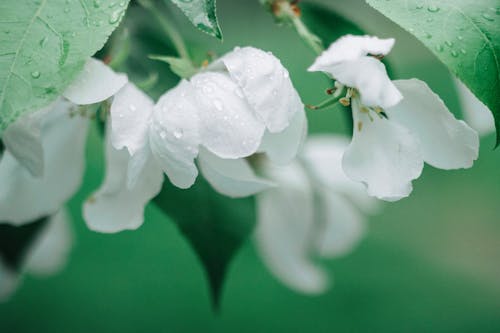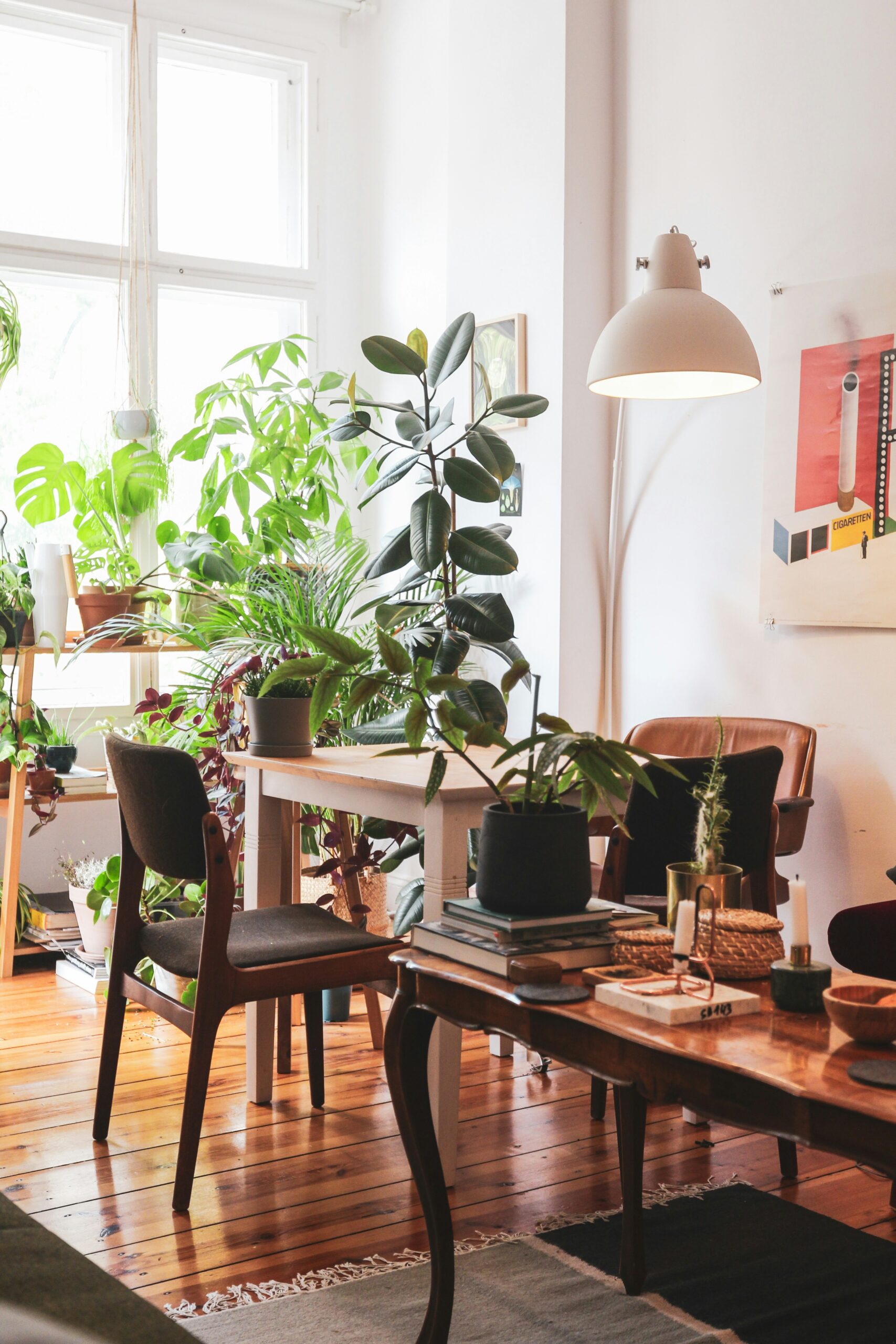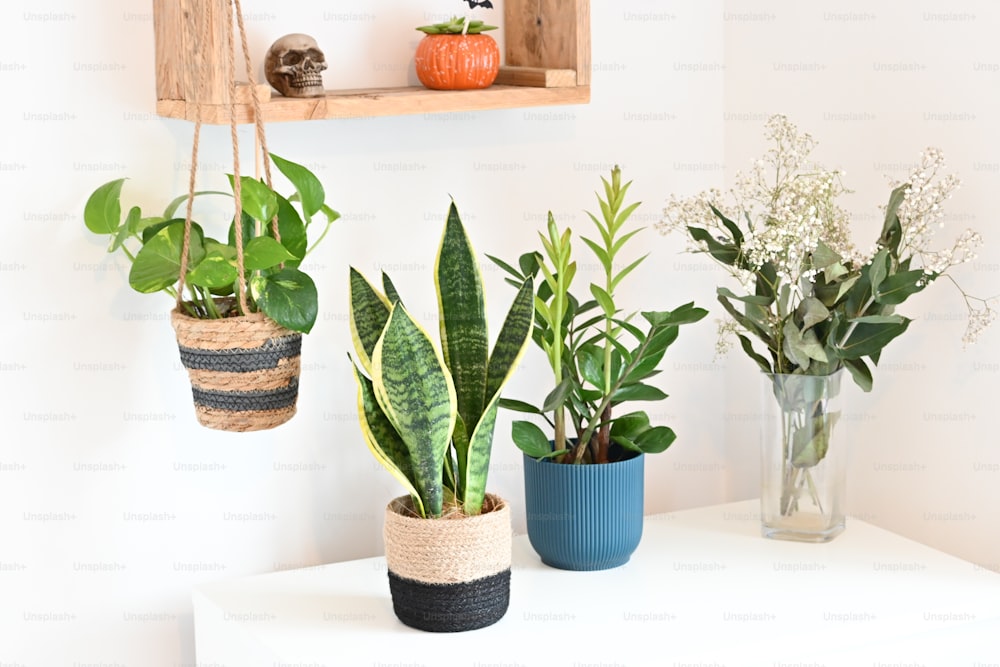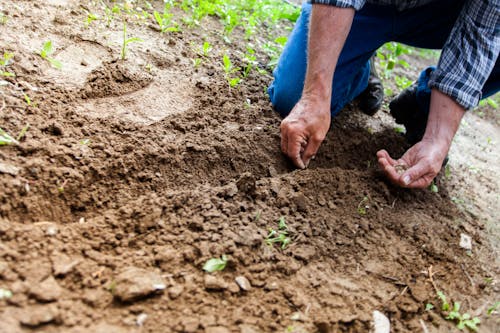How to Increase the Humidity for Your Houseplants
Introduction
Houseplants are not only beautiful additions to any indoor space but also living organisms that require proper care and maintenance to thrive. One crucial factor in maintaining healthy houseplants is humidity. In this article, we’ll explore effective ways to increase humidity for your beloved green friends.
Understanding Humidity
Humidity refers to the amount of moisture present in the air. For houseplants, maintaining adequate humidity levels is essential as it mimics their natural environment, providing the necessary moisture for optimal growth and development.
Signs of Low Humidity
When humidity levels drop below what your houseplants need, they exhibit various signs of distress. These may include browning of leaf tips, stunted growth, and dry soil even shortly after watering.
Methods to Increase Humidity
- Grouping plants together: Placing plants close to each other creates a microclimate where moisture is retained.
- Using a humidifier: Investing in a room humidifier can effectively increase humidity levels.
- Pebble tray method: Placing plants on trays filled with water and pebbles helps increase local humidity as water evaporates.
- Misting: Regularly misting the foliage of your plants provides them with a quick boost of humidity.
- Bathroom method: Placing plants in the bathroom where humidity levels are naturally higher can benefit moisture-loving plants.
- Water trays near heat sources: Placing water-filled trays near heat sources like radiators or heaters helps increase humidity as the water evaporates.
- Terrariums: Creating a mini-ecosystem within a glass container helps trap moisture, creating a humid environment for plants.
Choosing the Right Plants
Selecting houseplants that thrive in high humidity environments can make maintaining optimal conditions easier. However, if you prefer low-maintenance options, there are also plants that can tolerate lower humidity levels.
Maintenance Tips

Regularly monitoring humidity levels with a hygrometer and adjusting care routines accordingly is crucial. Additionally, ensuring proper ventilation prevents excessive moisture buildup and fungal issues.
Common Mistakes to Avoid
Over-watering plants in an attempt to increase humidity can lead to root rot and other issues. Neglecting air circulation exacerbates humidity-related problems and invites pests and diseases.
DIY Humidity Solutions
For those seeking budget-friendly options, DIY humidity solutions like creating humidity tents with plastic bags or using damp cloths strategically placed around plants can be effective.
Best Practices for Winter Months
During the winter, when indoor heating systems can significantly reduce humidity levels, adjusting care routines and utilizing room humidifiers become essential to prevent moisture stress in houseplants.
FAQs
- What are some signs of low humidity in houseplants? Signs include browning leaf tips, stunted growth, and dry soil.
- Can I use a regular room humidifier for my plants? Yes, a room humidifier can effectively increase humidity levels for your plants.
- How often should I mist my houseplants? Misting once or twice a day, depending on the humidity levels, can provide a beneficial moisture boost.
- Are there any houseplants that don’t require high humidity? Yes, there are plants like succulents and cacti that can tolerate lower humidity levels.
- Can I use a humidifier at night for my plants? Yes, running a humidifier overnight can help maintain consistent humidity levels, especially during dry winter months.




